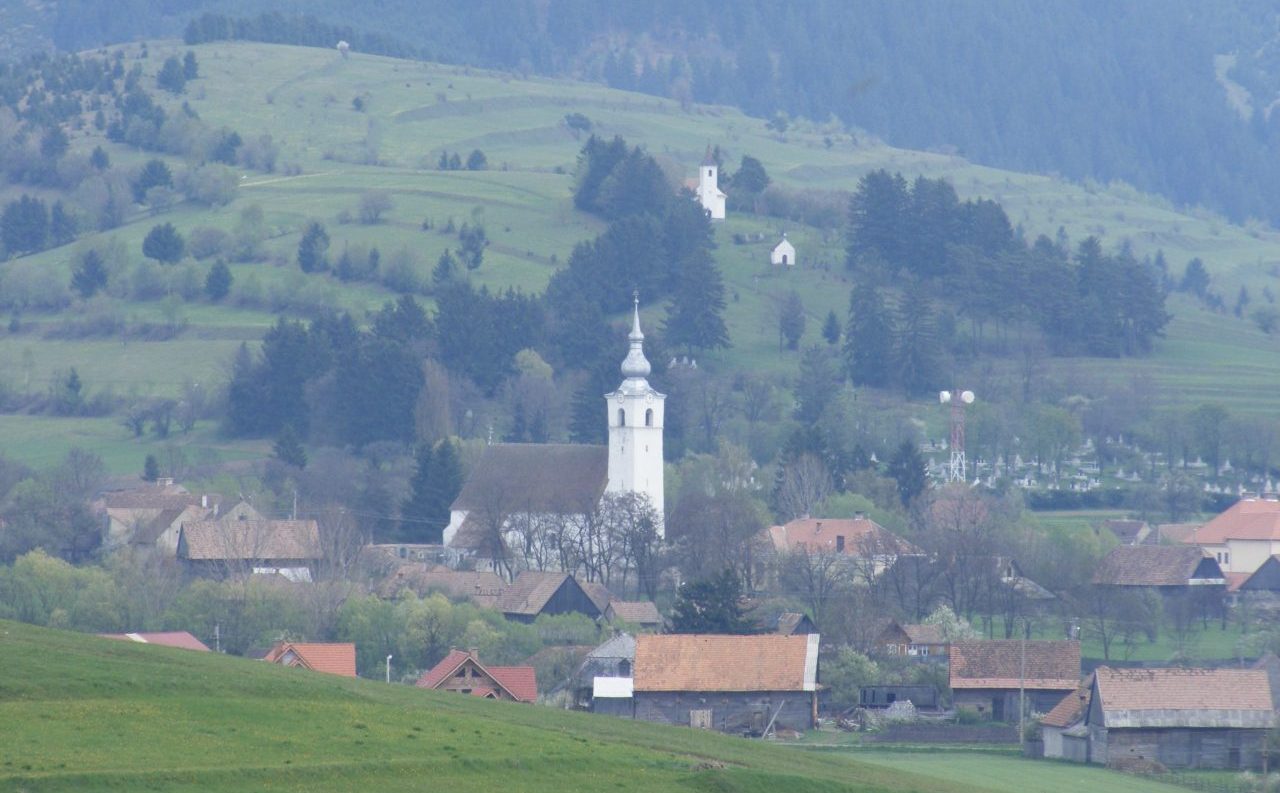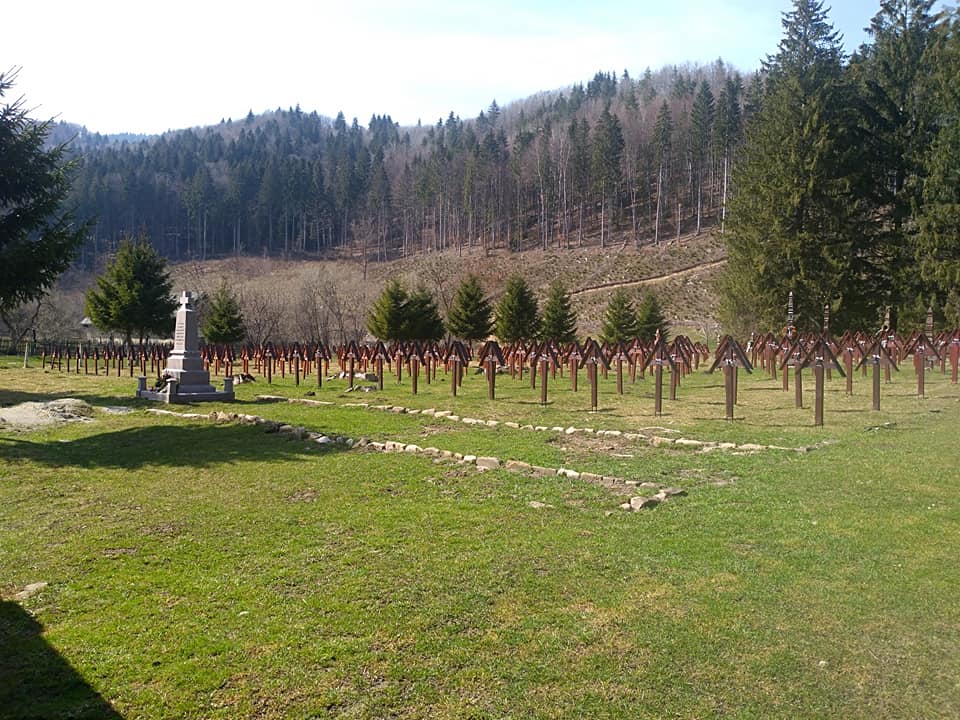
It bears a simple inscription symbolizing life, sacrifice, and divine order.Continue reading

The Szekler border guards who died in the Uz River valley during the First and Second World Wars were remembered on Monday at the international military cemetery in Valea Uzului (Úzvölgye), Harghita County.
This annual commemoration is a longstanding tradition in Valea Uzului, where locals have been gathering every August 26 since 1994 to honor the day of the Russian invasion in 1944. For nearly 60 years, people like the 100-year-old Mihály Bartha, a veteran of the battle, have come to remember their fallen comrades.
This year’s ceremony featured the erection of the Honvéd (Hungarian military serviceman’s) memorial cross in Csuklyánka (the historical border section the Szeklers protected), donated by György János Nagy from Hungary, in memory of the 10th Infantry Regiment of Miskolc (Northern Hungary).
The commemoration included an ecumenical service, communion, and a wreath-laying ceremony, bringing together people of different faiths and backgrounds in a unified act of remembrance.
Several speeches were delivered by notable figures. Sándor Birtalan, mayor of Sânmartin (Csíkszentmárton) village, spoke about the importance of gathering to pray for those who gave their lives for their country and families. He emphasized that “now that we are again experiencing the horrors of war, we must also pray that there will never be war again.” Senator Barna Tánczos described the cemetery as a “sacred place” where history was made, praising those who fought against overwhelming odds. He stated,
history can be made with a campaign, a victorious battle, a victorious war, but we must also make history in peacetime when we must show the strength of our community.”
The commemoration serves not only as a tribute to those who fought bravely in the past but also as a reminder of the resilience and unity of the local community in preserving their history and honoring their ancestors. It underscores the enduring importance of remembering the sacrifices made by those who fought for their homeland.
Via MTI; Featured Image: Wikipedia